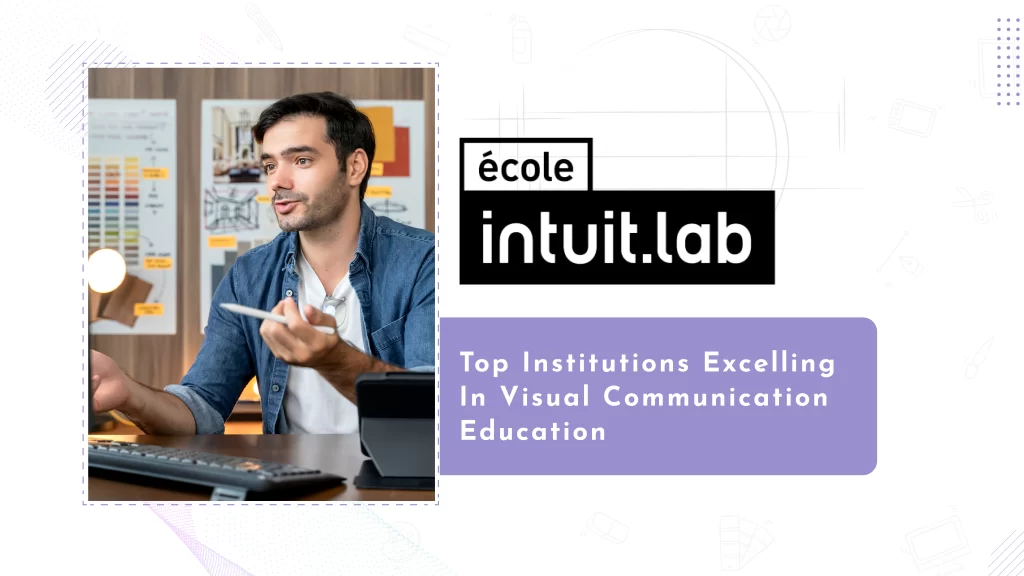In a digital-first world, people tend to notice visuals more than written words. Visual communication is a core element in all the ways the organisations reach out to their target audiences: Branding, Digital media, Animation, and user experience. To stay up-to-date with this continuously evolving field, it is a good decision to consider joining one of the best colleges that offer a course in visual communication.
The curricula of institutions like JS Institute of Design are designed to suit the needs of the industry. Creativity, technological know-how, and practical application are the three main subjects taught in these programs. Through this education, students are easily able to develop the necessary skills to proceed with their careers. They acquire the equipment required to remain relevant in the field of creativity.
Why Choose a Career in Visual Communication?
Embarking on a journey in the realm of visual communication is an avenue to explore numerous options. Individuals who are engaged in this actively sought-after specialization can find job opportunities in advertising, film, and gaming, digital media, and the user experience design sectors. The introduction of new sources of content consumption is the primary reason why higher-trained visual communicators are needed.
JSID is one of the best colleges for visual communication, not only providing students with artistic skills but also with strategic ones. They learn how to integrate design thinking and digital tools to communicate visually, to persuade their audience, and to address real-life issues with the help of visuals.
Key Features of a Top Visual Communication Program
When selecting the best colleges for visual communication, pay attention to the unique features that set them apart. The leading schools prioritize the combination of academic knowledge and practical experience in the industry. Some features that stand out include:
- Subjects: Covering art, design, digital media, and technology are lessons that will be taught.
- Formats of Learning: Projects, internships, and workshops with industry mentors are other formats of learning.
- Software Integration: Training is done on advanced animation tools, software, and design platforms.
- Worldwide Influence: The addition of global trends in design and visual media is the orientation to the worldwide perspective.
These traits not just guarantee that graduates are skilled developers but also that they are critical thinkers and meet future employment market demands.
Curriculum Highlights
JS Institute of Design offers a dedicated curriculum that strikes a perfect equilibrium between the core principles and the latest technologies. It is an ideal program that covers both the art and technology sides of communication, thus setting students on the right paths to many possible careers.
Core Subjects
These topics not only create a strong basis but also suggest that students try out new forms of media. Core modules include:
- Fundamentals of Visual Design and Typography
- Photography and Videography
- Animation and Motion Graphics
- Digital Illustration and Branding
- Communication Theories and Media Studies
Skill Development Workshops
Along with the main courses, workshops offer practical training in areas like:
- Graphic design software like Adobe Creative Suite
- 3D animation and VFX techniques
- User Experience (UX) and User Interface (UI) design
- Storyboarding and creative concept development
What separates the best colleges for visual communication from the rest is the combination of courses and workshops—they prepare students for the industry from the first day.
Career Opportunities After Graduation
Graduating from the finest universities like JSID for visual communication is to pave the way for some of the most fascinating professional paths. People can look for jobs in various sectors such as the arts, business, and even start-up companies. Some popular career paths include:
- Graphic Designer: Branding, marketing materials, and digital visuals are created by the designer.
- Animator and Motion Graphic Artist: The person is responsible for making visual effects used in movies, adverts, and games.
- UX/UI Designer: The designer’s main focus is to make the digital user interface easier and comprehensive.
- Visual Media Specialist: The specialist works mostly in advertising agencies, media houses, and digital firms.
- Creative Entrepreneur: The entrepreneur usually starts his or her business either as an independent studio, agency, or freelancer.
As the pace of digital platform proliferation gets higher, the talented youngsters are finding an array of overseas opportunities in which to demonstrate their skills.
What Makes Colleges Stand Out?
Your selection of the best colleges with visual communication should not only be academically driven. Top-rated schools are different because of their teaching methods, experienced teaching personnel, and concentration on the industry perspective. Key differentiators include:
- Connect with professionals: Students learn from practitioners who are practising in their firms in the real field.
- Team-oriented Educational Setting: Promoting participation in joint assignments and addressing broad-ranging topics across disciplines.
- Advanced Technological Facilities: Use of research labs, studios, and design tech up-to-the-minute modulars in an era of modernity.
- Recruitment Aid: Guidance on the job market, placements, and agreements with top-notch design companies.
These points help the students get a job not only due to their degree but, most importantly, their strong portfolio and the confidence they gained that they can do well in the creative industry.
Conclusion
Visual communication is something like a reel of art and technology combined with strategy to empower the audience to change their perception of the world, and by bringing in their own experience. Pursuing a visual communication degree at the best colleges like JSID will give students the training, mentorship, and opportunities that they need to thrive in this rapidly advancing field.
Starting their career as a designer, animator, or creative entrepreneur is a dream for many young adults. With the right educational institution, you will learn the in-demand skills to be able to face the future challenges and have a universal vision. Making a well-informed decision today can give you a head start towards a satisfying and substantial career in the creative arts.
FAQs
Q1. What skills are essential for a visual communication student?
Creativity, design thinking, digital tool proficiency, and strong storytelling abilities.
Q2. How long is a typical visual communication course?
Most undergraduate programs last three to four years, depending on the institution.
Q3. What career paths can I pursue after completing this program?
Graphic design, animation, UX/UI design, advertising, and media roles.
Q4. Can I specialize in areas like animation or UX design within this course?
Yes, top colleges offer elective modules and workshops for specialization.
Q5. Is prior experience in art or design required for admission?
Not always—passion, creativity, and willingness to learn are equally important.






